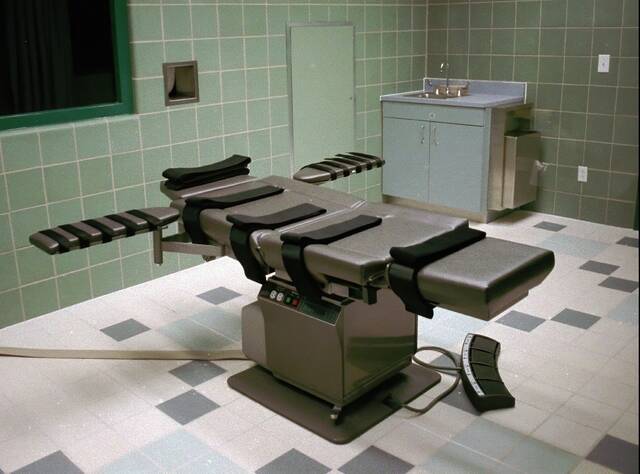Pittsburgh doctors say Type 2 diabetes continues to be prevalent in Western Pennsylvania despite the findings of a new study that shows incidences of the disease are decreasing nationwide.
The study was published in the health journal BMJ Open Diabetes Research & Care in May. It shows a roughly 35% decrease in diabetes incidences in the United States to the lowest level in nearly 20 years.
The decrease comes despite no change in obesity trends, which is one of the leading causes of the disease. The study looked at data from 1980 to 2017 that was collected through the National Health Interview Survey.
“We’re not seeing a decline in the number of patients we’re seeing,” said Dr. Jennifer Pennock, an endocrinologist with Allegheny Health Network. “We still have a lot of new patients with diabetes being diagnosed.”
Robin Jennings, a spokeswoman with Excela Health, said doctors aren’t seeing a decline in Westmoreland County, either.
“What we’re seeing within our patient population is a continued rise,” she said. “It remains prevalent in our area.”
Doctors said there are a number of reasons the nationwide data could be showing a decrease. One of those reasons is earlier detection and the creation of the prediabetes diagnosis, which is identified when patients show indicators they may develop diabetes down the road.
The prediabetes diagnosis gives them more time to decrease their risk by making exercise and diet improvements, said Dr. Jason Ng, an assistant professor of medicine in the division of endocrinology and metabolism with the University of Pittsburgh department of medicine.
“People are more aggressive with treatment of prediabetes,” he said.
Pennock said adding about 150 minutes of exercise per week has been shown to reduce a patient’s diabetes risk.
“Walking is enough to reduce risk,” she said. “Five to 10% of body weight loss is enough to reduce risk of diabetes.”
Newer medications could also play a factor in slowing the progression of diabetes.
“That’s only slowing the progression, and that’s not stopping it,” Ng said. “Maybe we delay it five to 10 years.”
Another reason for the apparent decrease, Ng said, is simply because the number of cases went up so drastically in the late 1990s and early 2000s because of the American Diabetes Association’s lowering the fasting glucose level for a diagnosis. That may have caused an unusual spike in cases.
“At the same time, you saw that the explosion of sugary drinks and stuff like that also shot up during the 1990s and into the 2000s a little bit,” he said. “I think starting in the mid-2000s, (we) saw a lot of change in that thinking.”
Ng said being diagnosed with Type 2 diabetes is not to be taken lightly by patients.
“When you get diagnosed with diabetes, you get the same risk of having a heart attack as somebody who had a heart attack before and was not a diabetic,” he said. “It’s serious. Long-term complications can include losing your kidneys, eyesight goes … (and) significant nerve damage.”








